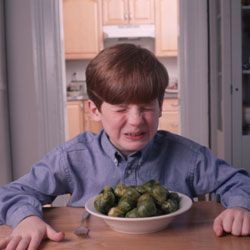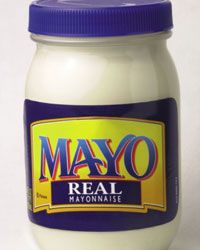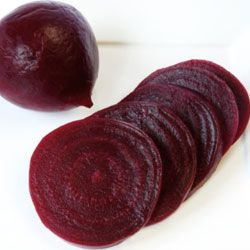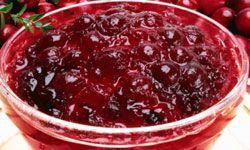Turkey is the centerpiece of most families' tables, but there's a lot more to Thanksgiving than this tasty fowl. You need side dishes and plenty of them. Stuffing, mashed potatoes, sweet potatoes, corn and rolls are as much a part of Turkey Day as the bird itself. However, there are some sides that are memorable in a not-so-good way. They're the dishes no one touches and the leftovers no guest wants to take home.
Read the next page to find out what sweet, orange dish we think your Thanksgiving feast could do without.
Advertisement




